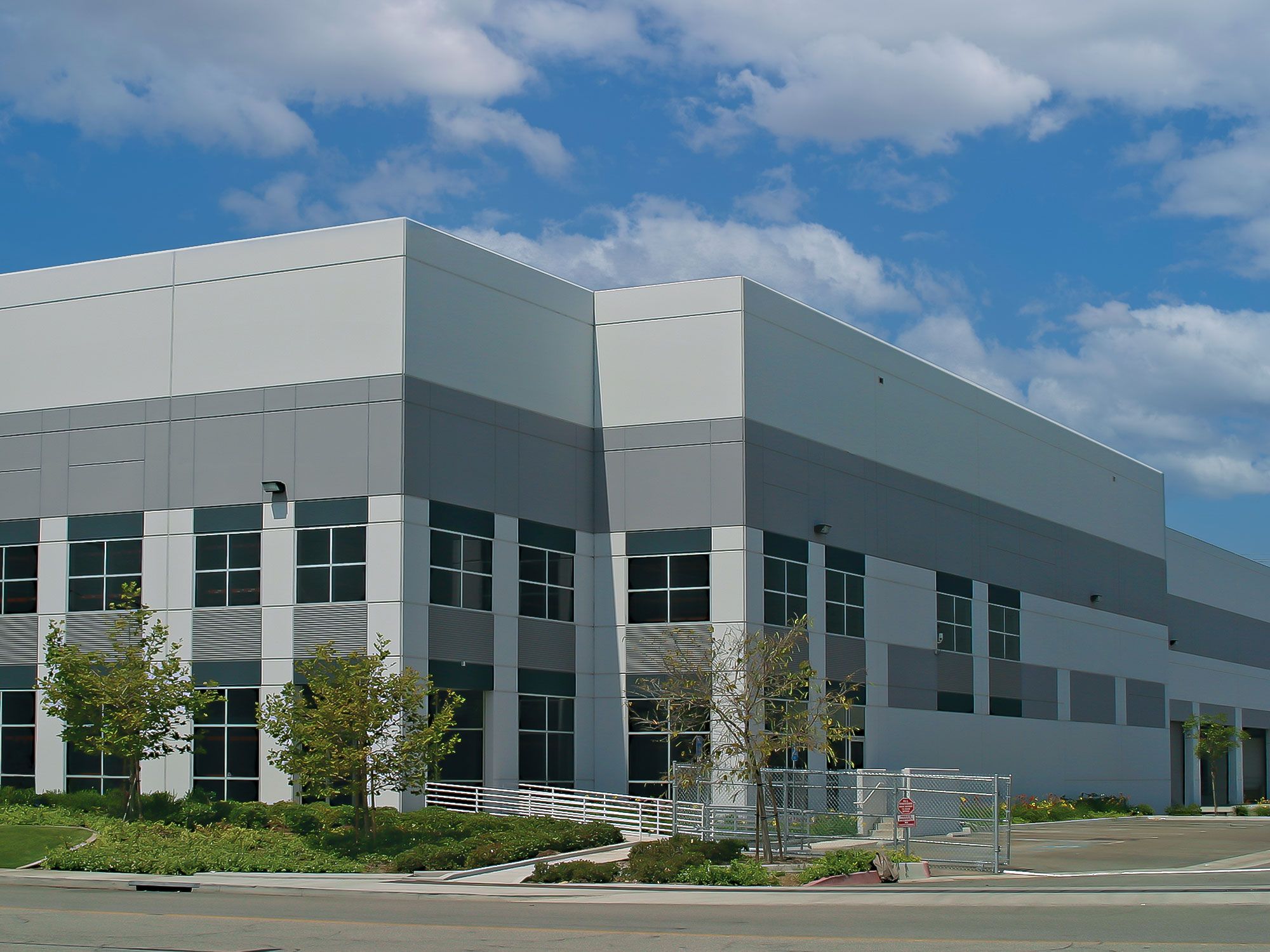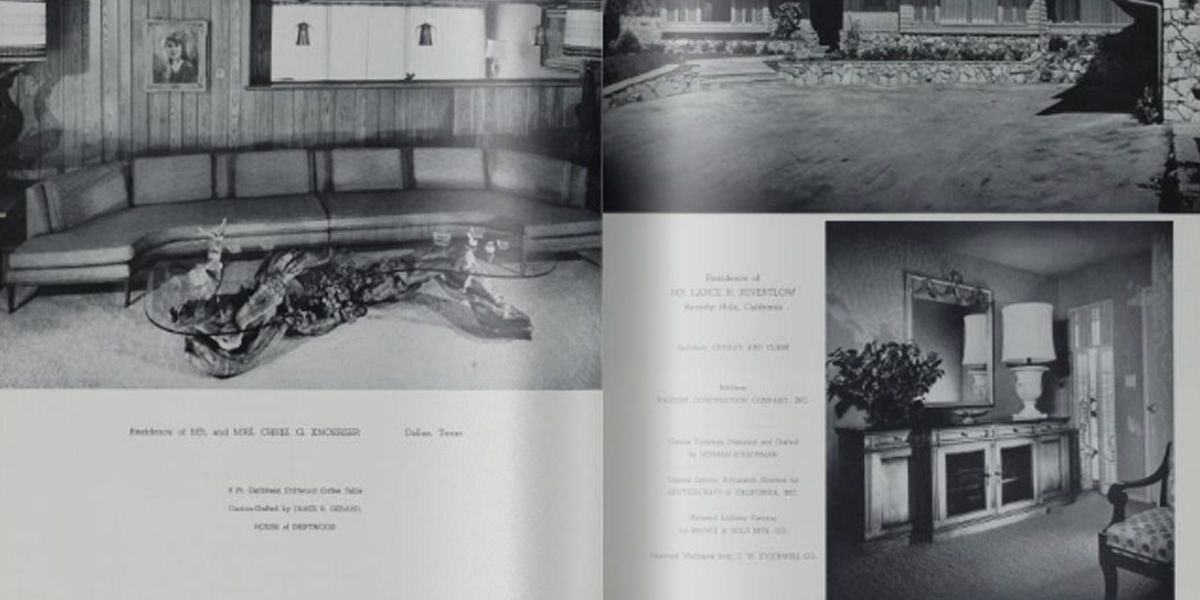1982
In 1982, Raleigh partnered with Executive Life Insurance Company (“ELIC”) to build a 211,000-square-foot office tower in West LA on Olympic Boulevard to serve as the home office for both companies. Over the balance of that decade, the Executive Life relationship grew to include the development of an adjoining 250,000 square-foot office tower and the master planning of two additional development sites on Olympic Boulevard, which Raleigh designated as the “Garden District.” Through its relationship with Executive Life, Raleigh ultimately acquired and/or managed approximately one billion dollars in assets, including a portfolio of nearly ten thousand Class-A apartment projects across the U.S. in a partnership with FSC Realty, LLC, and Executive Life. Raleigh also oversaw and managed Executive Life’s nation-wide portfolio of 570 post-office and GSA buildings and 800 co-op apartments in NYC.
The year 1982 also marked the entry of the next generation of Rosenthals into the company, Mark joined Raleigh in 1982 and Deborah followed suit in 1984.
In 1982, Raleigh would acquire its first jet aircraft, a Mitsubishi Diamond Jet, and commenced operations of Raleigh Jet Enterprises, with its “Diamond in the Sky.” That year also marked the opening of Raleigh’s shared workspace concept, long pre-dating WeWork, Raleigh Executive Suites.


